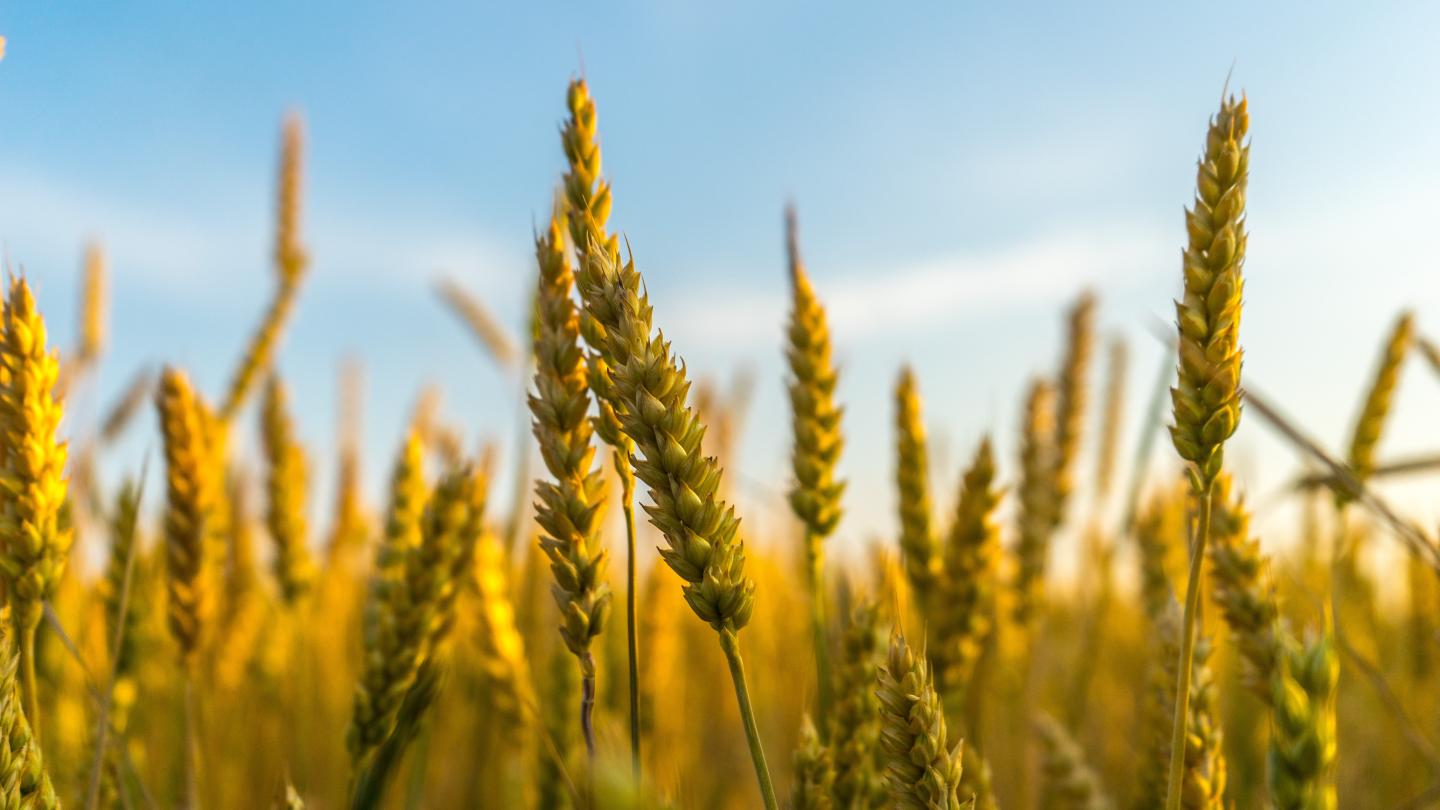
The Conservation Stewardship Program (CSP) helps agricultural producers maintain and improve their existing conservation systems and adopt additional conservation activities to address priority resources concerns.
On This Page
Application Deadline: January 15, 2026
No one knows more about your land than you do, and no one knows more about conservation than we do. Together we can develop a plan tailored to your land and your goals to help you increase productivity and protect the value of your land.
Our Conservation Stewardship Program (CSP) helps you build on your existing conservation efforts while strengthening your operation. Whether you are looking to improve grazing conditions, increase crop yields, or develop wildlife habitat, we can custom design a CSP plan to help you meet those goals. We can help you schedule timely planting of cover crops, develop a grazing plan that will improve your forage base, implement no-till to reduce erosion or manage forested areas in a way that benefits wildlife habitat. If you are already taking steps to improve the condition of the land, chances are CSP can help you find new ways to meet your goals.
The Conservation Stewardship Program pays participants for conservation performance.
CSP is available to all producers regardless of operation size or crop produced. Landowners must enroll their entire operation. Eligible lands include cropland, hayland, pastureland, rangeland, nonindustrial private forest lands, and agricultural land under the jurisdiction of an Indian tribe. Participation in the program is voluntary.
Idaho CSP Coordinator
Chelcey Larsen
Phone: (986) 210-4654
E-mail: chelcey.larsen@usda.gov
New: Regenerative Pilot Program - provides producers with whole farm conservation planning which offers regenerative agriculture practices. It also includes soil health testing in the first and last year of the contract to establish baseline conditions and record resulting changes. For more information, please visit https://www.nrcs.usda.gov/programs-initiatives/regenerative-pilot-program.

Idaho CSP Enhancement Activities
Idaho offers a number of CSP Enhancements. To read about them, please visit the enhancements page.

CSP Success Story in Salmon, Idaho
Thanks to additional funding from the Inflation Reduction Act through CSP, these Idaho farmers are getting help implementing several activities.
Payment Schedule Information
Idaho CSP Payment Schedule
To view the NRCS Idaho CSP Payment Schedule, please visit the payments page.
Ready to get started?
Contact your local service center to start your application.
How to Get Assistance
Do you farm or ranch and want to make improvements to the land that you own or lease?
Natural Resources Conservation Service offers technical and financial assistance to help farmers, ranchers and forest landowners.

To get started with NRCS, we recommend you stop by your local NRCS field office. We’ll discuss your vision for your land.
NRCS provides landowners with free technical assistance, or advice, for their land. Common technical assistance includes: resource assessment, practice design and resource monitoring. Your conservation planner will help you determine if financial assistance is right for you.
We’ll walk you through the application process. To get started on applying for financial assistance, we’ll work with you:
- To fill out an AD 1026, which ensures a conservation plan is in place before lands with highly erodible soils are farmed. It also ensures that identified wetland areas are protected.
- To meet other eligibility certifications.
Once complete, we’ll work with you on the application, or CPA 1200.
Applications for most programs are accepted on a continuous basis, but they’re considered for funding in different ranking periods. Be sure to ask your local NRCS district conservationist about the deadline for the ranking period to ensure you turn in your application in time.
As part of the application process, we’ll check to see if you are eligible. To do this, you’ll need to bring:
- An official tax ID (Social Security number or an employer ID)
- A property deed or lease agreement to show you have control of the property; and
- A farm number.
If you don’t have a farm number, you can get one from USDA’s Farm Service Agency. Typically, the local FSA office is located in the same building as the local NRCS office. You only need a farm number if you’re interested in financial assistance.
NRCS will take a look at the applications and rank them according to local resource concerns, the amount of conservation benefits the work will provide and the needs of applicants. View Application Ranking Dates by State.
If you’re selected, you can choose whether to sign the contract for the work to be done.
Once you sign the contract, you’ll be provided standards and specifications for completing the practice or practices, and then you will have a specified amount of time to implement. Once the work is implemented and inspected, you’ll be paid the rate of compensation for the work if it meets NRCS standards and specifications.

